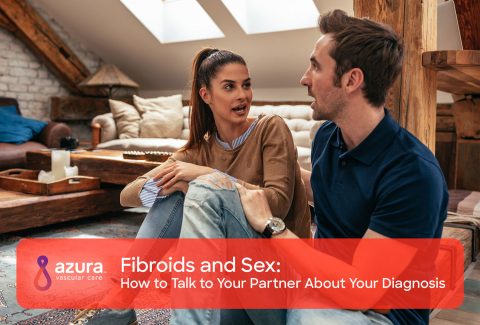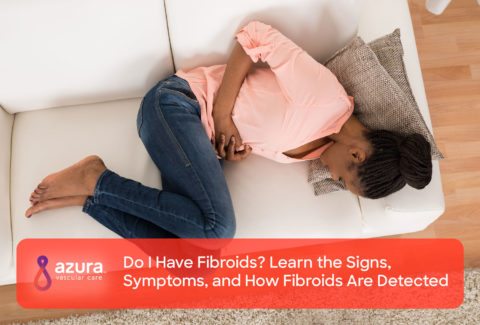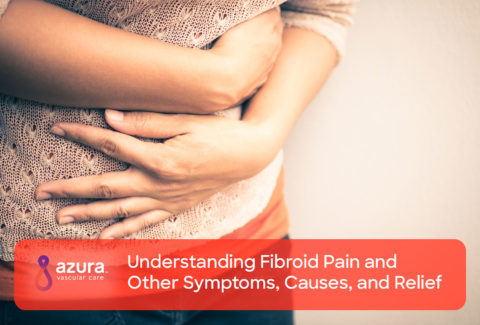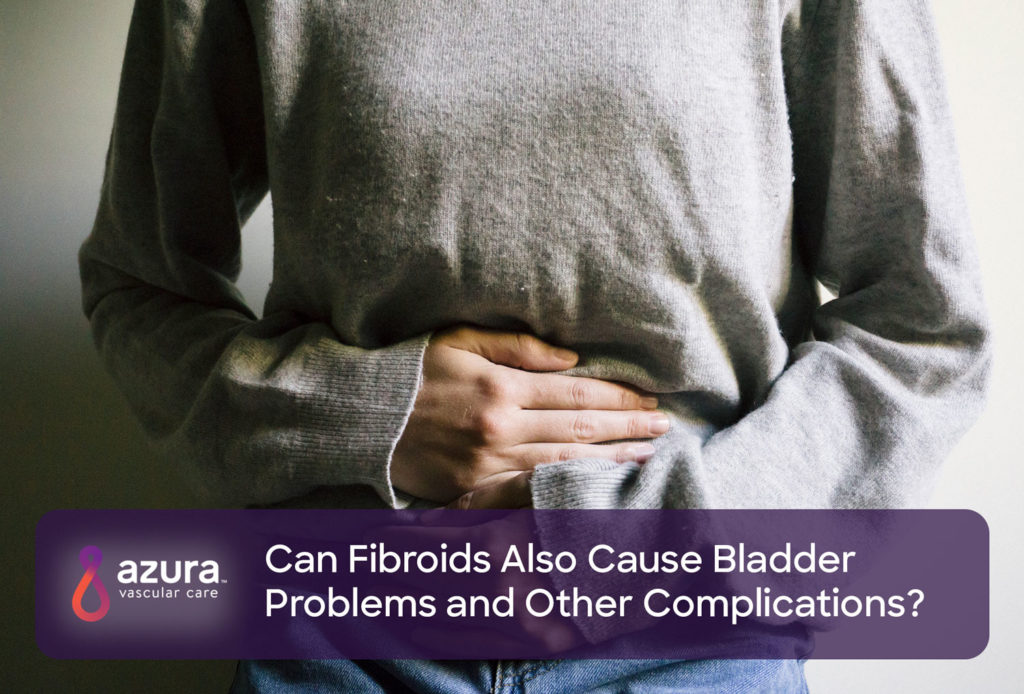
You’ve probably heard that uterine fibroids can cause heavy menstrual bleeding, abdominal pain and bloating, but did you know that there’s a link between fibroids and bladder problems?
Uterine fibroids are non-cancerous tumors that develop from smooth muscle cells and fibrous connective tissue. Also known as uterine myomas or leiomyomas, fibroids grow within and on the walls of the uterus. Fibroids are often confused with cysts. However, fibroids are solid tissue, while cysts are fluid-filled sacs.
Fibroids and Urinary Problems
Most women with uterine fibroids have an enlarged uterus. (i) In fact, a very large fibroid can expand the uterus to the size of a second-trimester pregnancy and press against the bladder, reducing its capacity for holding urine or blocking the outflow for urine to pass. (ii, iii)
The most common issue concerning fibroids and urinary problems is the need to urinate frequently. (iii) A woman may wake up several times during the night to empty her bladder and may occasionally experience an inability to urinate despite a full bladder. (iii)
In some cases, fibroids can cause urinary retention. (iv) This can happen when large fibroids press against a ureter. If a ureter becomes completely pinched off, surgery is needed quickly to prevent urine from flowing back, which may permanently damage the kidney on that particular side. It’s important for you to discuss fibroids and urinary problems with your doctor as soon as you notice any irregularities.
Fibroids and Pressure on the Bowels, Rectum and Abdomen
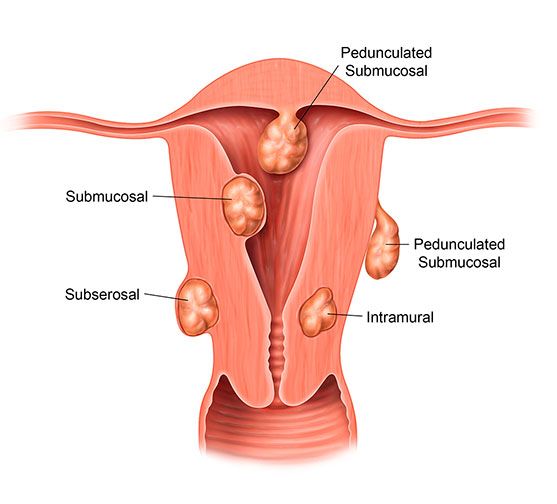
Uterine fibroids may also cause pressure on the bowels. This pressure can lead to feelings of bloating or constipation.
Fibroids may press against the rectum and cause a sense of rectal fullness, difficulty having a bowel movement, and/or pain with bowel movements. (iii) Sometimes, fibroids may lead to the development of hemorrhoids. (iii)
Women with large fibroids may experience a sense of heaviness or pressure in their lower abdomen or pelvis. Often this is described as a vague sense of discomfort rather than a sharp pain. Sometimes, an enlarged uterus can make it hard to lie face down, bend over, or exercise without discomfort. (iii)
Other Complications of Uterine Fibroids
In addition to fibroids and bladder problems, as well as unusual sensations of pressure, uterine tumors can cause other issues, including:
While doctors are still unclear about the causes of uterine fibroids, women can experience a variety of symptoms and medical complications.
Treatment will depend on many factors, including your age, the severity of the bleeding, and whether you want to have children. Common medical treatment options include the use of birth control pills, hormone injections, a hormone-releasing intra-uterine device, and surgical or non-surgical procedures.
When considering surgical or non-surgical procedures, talk with your doctor about the risks and benefits of each procedure. A more conservative option is uterine fibroid embolization or UFE, a minimally invasive procedure. It safe and effectively shrinks uterine fibroid tumors and offers relief from many of the unpleasant symptoms that come with them. It doesn’t require open surgery and is performed in an outpatient setting, so patients can go home the same day.
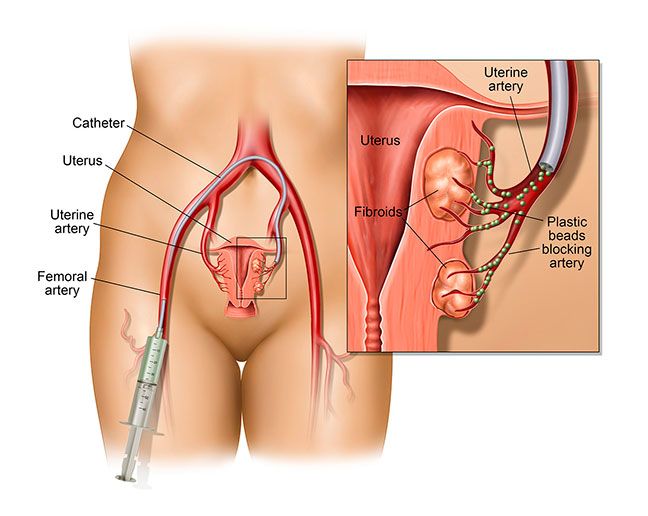
Download our free information sheet, Understanding Uterine Fibroid Embolization, or call 844-UFE-CARE (833-2273) to schedule an appointment with a vascular specialist.
Sources:
i Brigham and Women’s Hospital. (n.d.). _About Uterine Fibroids._Retrieved June 15, 2018, from http://www.fibroids.net/fibroids.html
ii Harvard Health Publishing. (2008, July). _What to do about fibroids – Harvard Health._Retrieved June 19, 2018, from https://www.health.harvard.edu/womens-health/what_to_do_about_fibroids
iii UCSF National Center of Excellence in Women’s Health. (2017, April 25). _Fibroid Symptoms. Retrieved_June 20, 2018, from http://coe.ucsf.edu/coe/fibroid/symptoms.html
iv Institute for Quality and Efficiency in Health Care. (2017, November 16). _Uterine fibroids: Overview._Retrieved June 19, 2018, from https://www.ncbi.nlm.nih.gov/pubmedhealth/PMH0072719/
v American College of Obstetricians and Gynecologists. (2011, May). _Women’s Health Care Physicians._Retrieved June 17, 2018, from https://www.acog.org/Patients/FAQs/Uterine-Fibroids
vi Bradley, J. G., MD. (2011, June 22). _Uterine Fibroids._Retrieved June 15, 2018, from http://www.obgyn.net/laparoscopy/uterine-fibroids
